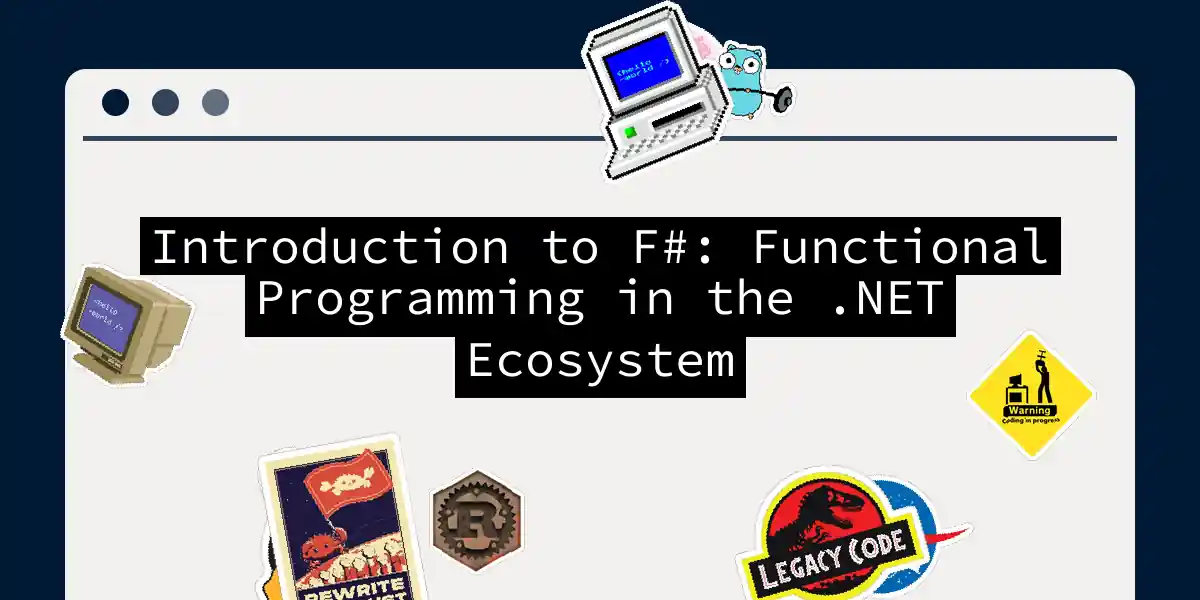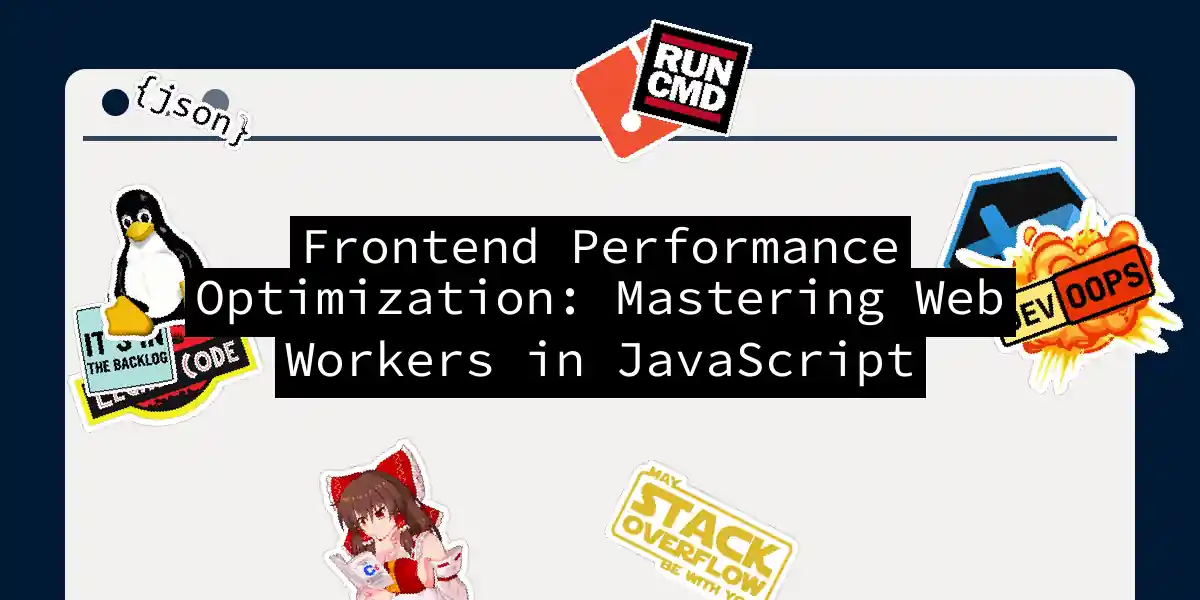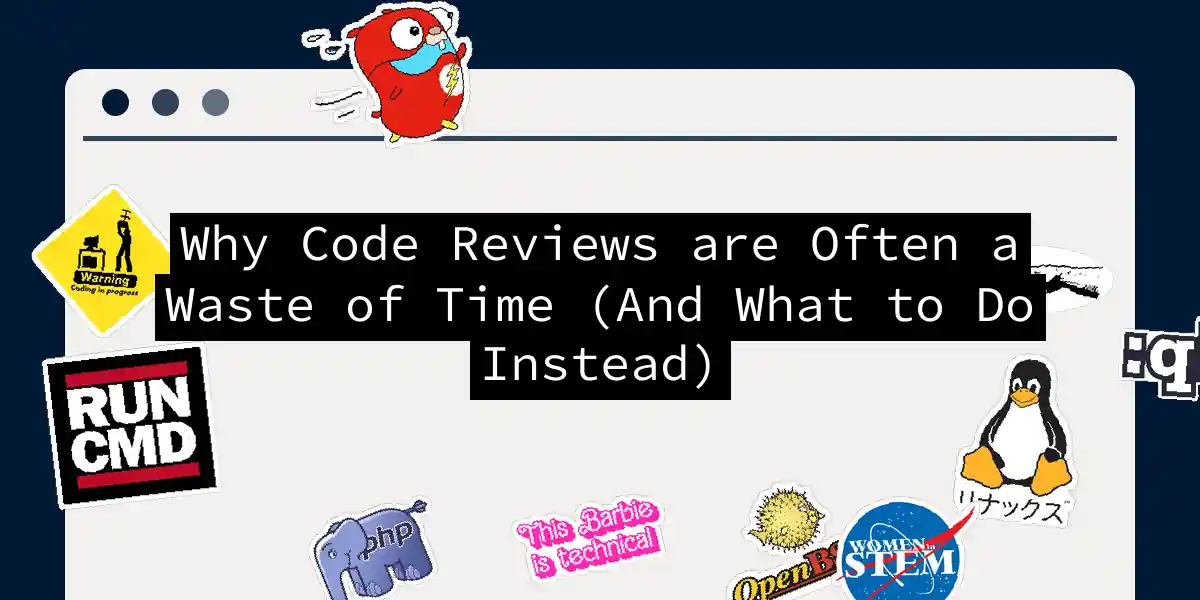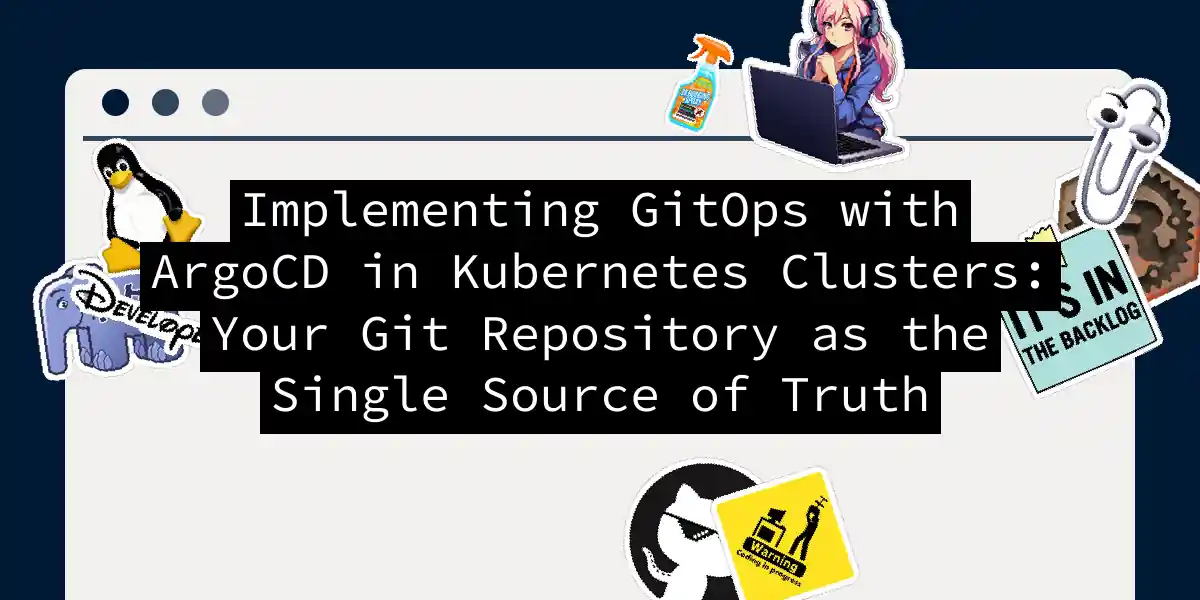
Introduction to F#: Functional Programming in the .NET Ecosystem
Picture this: you’re sitting in your favorite chair, coffee in hand, staring at yet another C# class with 200 lines of mutable state management. Your brain starts to feel like it’s swimming through molasses, and you wonder if there’s a better way. Well, my friend, let me introduce you to F# – the functional programming language that might just make you fall in love with coding all over again. F# isn’t just another language thrown into the ....



